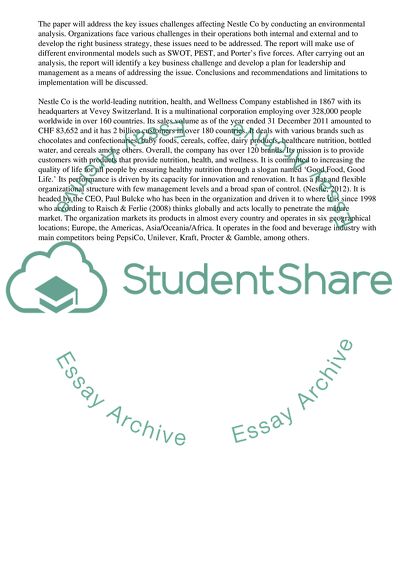Cite this document
(“Internal and External Environment of Nestle Essay”, n.d.)
Retrieved from https://studentshare.org/business/1447456-write-a-report-critically-analysing-the-internal
Retrieved from https://studentshare.org/business/1447456-write-a-report-critically-analysing-the-internal
(Internal and External Environment of Nestle Essay)
https://studentshare.org/business/1447456-write-a-report-critically-analysing-the-internal.
https://studentshare.org/business/1447456-write-a-report-critically-analysing-the-internal.
“Internal and External Environment of Nestle Essay”, n.d. https://studentshare.org/business/1447456-write-a-report-critically-analysing-the-internal.


